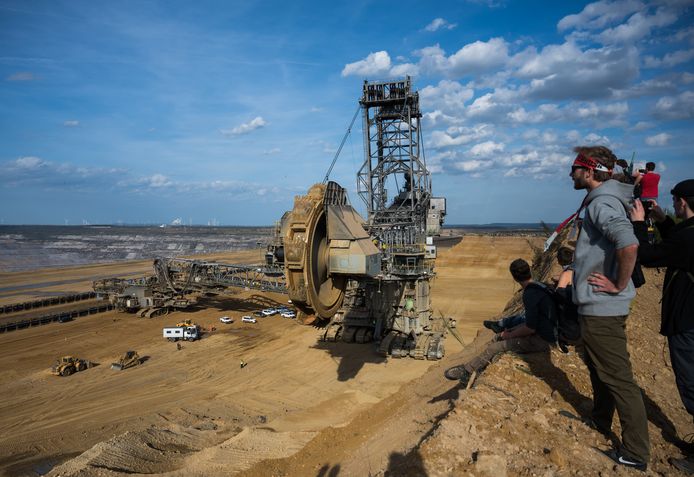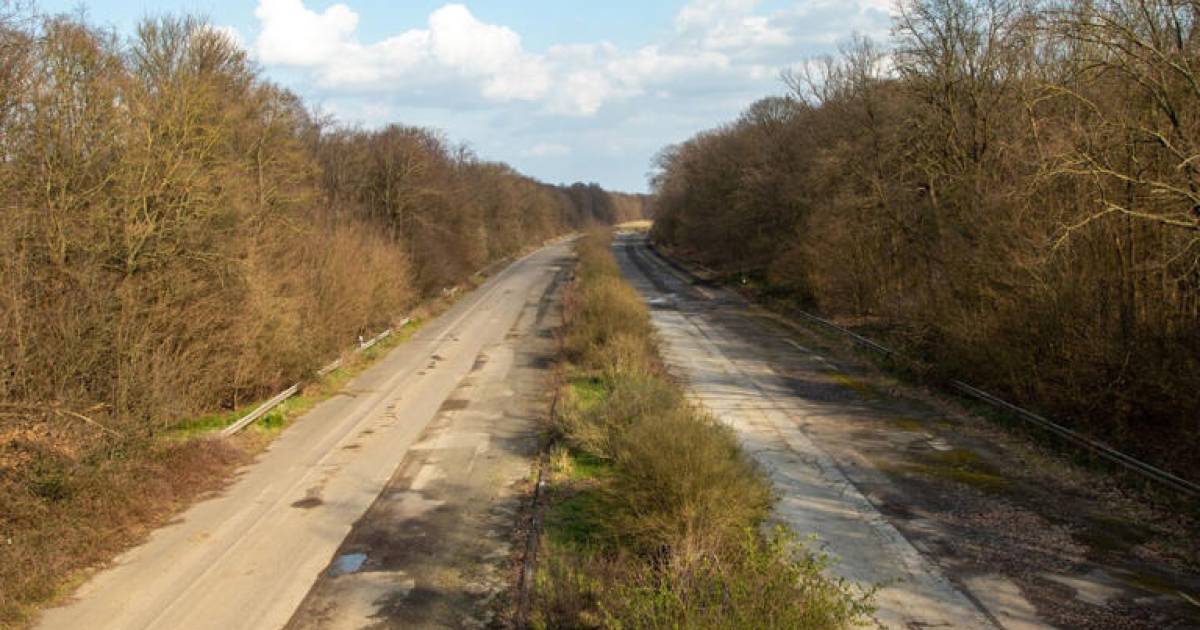This is the “ghost road” in Germany, and it is not even far from our country. The traffic artery looks almost apocalyptic: plants, grass and moss take over the asphalt and trees hang far above the sun- and wind-beaten lanes. The guardrails and bridges are still there, only the road signs have been removed. But why was it decided to completely close a highway in this densely populated area – between the German cities of Cologne and Aachen?
look. A ghostly highway in Germany that has been unused for nearly 10 years:
Since 2014, no car has driven on this section of the A4 motorway between Cologne and Aachen. Now, nearly 10 years later, he’s producing truly bizarre images. It’s all about a huge open pit mine in Hambach. The largest open pit mine in Germany.
Due to the expansion of this coal mine – with huge excavators scraping the soil to great depths – the A4 motorway had to be moved. This had been planned since the highway was expanded in the 1990s, and the project was finally implemented in 2014. About 1.7 kilometers to the south, a new 17.6-kilometre stretch of highway was constructed.

Ghost village too
In addition to the diversion of the A4 and the disappearance of the junction, the villages have also been affected by the expansion of the lignite mine. There are still houses in the Mannheim district of Kerpen municipality, but the area resembles a ghost village. The karting track owned by the family of former Formula 1 driver Michael Schumacher also appears to have fallen prey to giant excavators, but the area has been saved through protests from environmental organisations.

Solar Panels
The unused stretch of highway was not demolished. Roads, barriers and bridges still bear witness to the former highway. However, a useful destination was found part of the way. Since 2017, a large number of solar panels have been installed on the western part of the abandoned road near the municipality of Niederzer. This “solar road” has a capacity of 750 kilowatts, consists of 2,820 solar panels and extends over 620 meters of deserted asphalt.
The second largest lake in Germany
The open-pit Hambach mine has sparked a lot of protests in Germany in recent years. However, according to the authorities, it will have a positive impact on the environment in the long term, because Germany’s second largest lake will be created there after lignite mining ends.
At the beginning of this year, there was still a lot to be done to clear up the German “coal village” of Lucerat, near the city of Aachen. Lützerath must also disappear to make way for lignite mining. Activists have occupied the abandoned ghost village for two years.
Since the war in Ukraine, Germany has burned additional amounts of brown coal to generate electricity. Lignite is responsible for more than 20 percent of the country’s total carbon dioxide emissions.
Massive protest against German lignite mine emitting carbon dioxide emissions from all of Belgium (+)
Germany reopens lignite power plants during the winter


Free unlimited access to Showbytes? Which can!
Log in or create an account and never miss a thing from the stars.

“Creator. Award-winning problem solver. Music evangelist. Incurable introvert.”







More Stories
British military spy satellite launched – Business AM
Alarming decline in the Caspian Sea
Lithuania begins construction of military base for German forces